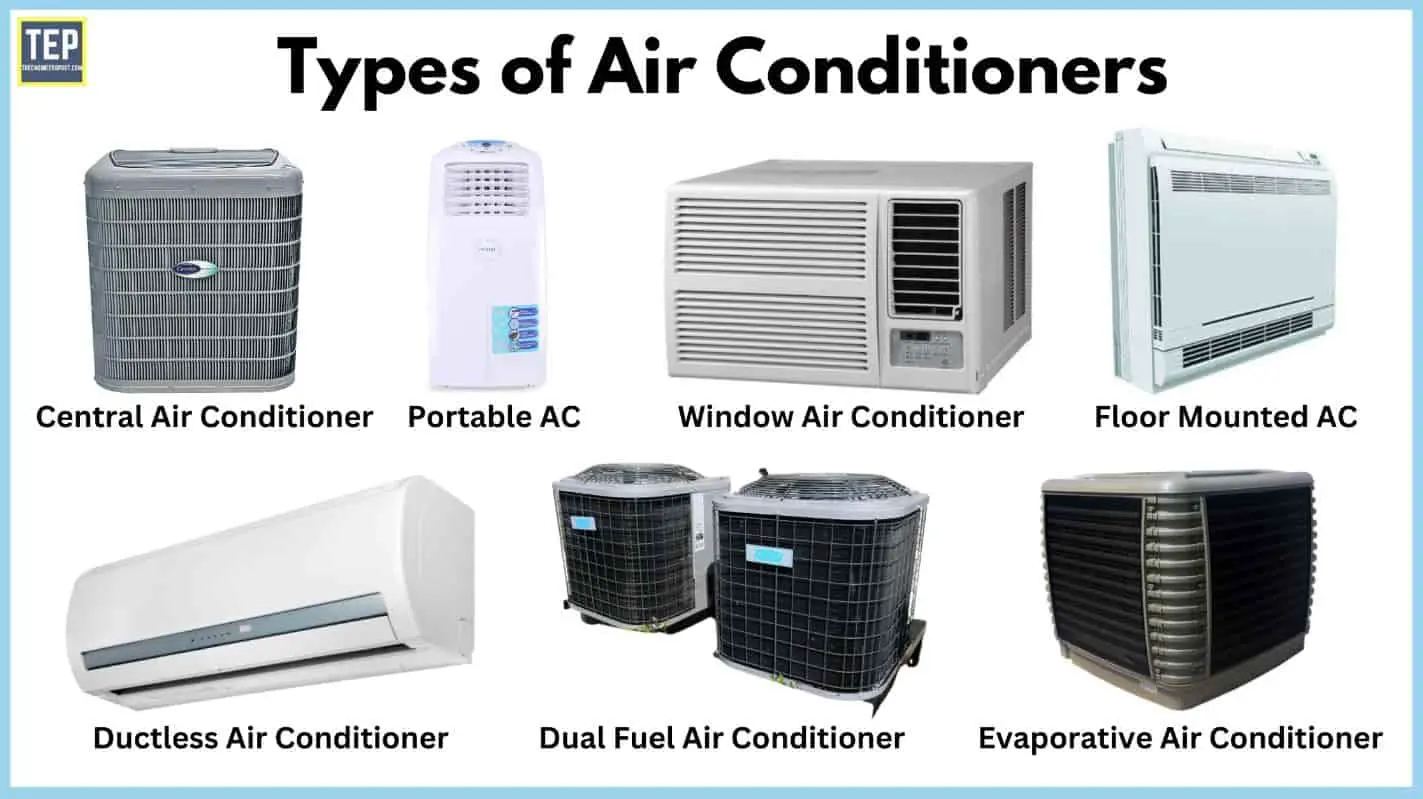As the seasons change and the rhythm of the year progresses, the heartbeat of your home—your HVAC system—plays a crucial role in maintaining a harmonious living environment. Choosing the right HVAC system is not just about temperature control; it’s about crafting an atmosphere that resonates with comfort, energy efficiency, and sustainability. In this comprehensive guide, we will embark on a journey through the intricate landscape of HVAC selection, exploring the nuances that make each system unique and guiding you towards finding your perfect match.
Understanding Your Home’s Needs: The Prelude to Comfort
Before delving into the myriad options available, it’s essential to understand the unique characteristics of your home. Each residence has its own personality, determined by factors such as square footage, the number of rooms, and even architectural peculiarities. To ensure your HVAC system is not out of tune with your home’s needs, a thoughtful assessment is required.
Consider the square footage of your living space. An HVAC system that is too small may struggle to heat or cool your home adequately, leading to discomfort and inefficiency. On the other hand, an oversized system might cycle on and off more frequently, wasting energy and potentially causing unnecessary wear and tear.
The number of rooms in your home is another key factor. If you have a multi-story or expansive layout, a zoned HVAC system might be beneficial. Zoning allows you to control the temperature of different areas independently, optimizing comfort and energy usage.
Additionally, factor in the local climate. Are you in a region that experiences extreme temperatures? Understanding your climate helps determine the type of HVAC system that will perform optimally in your specific conditions.
Efficiency: The Virtuoso Performance
Efficiency is the virtuoso performance of any HVAC system. It not only impacts your energy bills but also contributes to the overall sustainability of your home. When evaluating efficiency, two key metrics come into play: SEER (Seasonal Energy Efficiency Ratio) for air conditioners and AFUE (Annual Fuel Utilization Efficiency) for furnaces.
Air conditioners with a higher SEER rating are more energy-efficient, meaning they can cool your home using less energy. Similarly, furnaces with a higher AFUE rating convert more of the fuel into usable heat, minimizing waste. Investing in systems with high efficiency ratings might involve a slightly higher upfront cost, but the long-term savings are substantial.
Consider it as an investment in both your financial future and the environment. An efficient HVAC system not only reduces your carbon footprint but also translates into lower utility bills over the lifespan of the equipment.
The Ballet of HVAC Systems: Selecting the Right Dance Partner
HVAC systems come in various forms, each performing a unique dance in the choreography of home comfort. Understanding the different types will help you choose the one that best suits your needs.
Split Systems:
These are the traditional HVAC systems, consisting of an outdoor unit (condenser) and an indoor unit (evaporator coil). They are suitable for homes with existing ductwork. The split system is versatile and can provide both heating and cooling.
Ductless Mini-Split Systems:
Perfect for homes without ducts or for room additions where extending the existing ductwork is impractical. Ductless mini-splits offer flexibility in zoning, allowing you to control the temperature of individual rooms.
Packaged Heating and Air:
This all-in-one solution is ideal for smaller homes with limited space. The entire HVAC system is contained in a single unit, typically installed outdoors. It’s a space-saving option that still delivers efficient heating and cooling.
Choosing the right type of HVAC system is akin to selecting the right dance partner—one that complements your home’s structure and meets your specific comfort needs.
Climate as the Maestro: Shaping the Melody of Comfort
Your local climate serves as the maestro, directing the symphony of your HVAC system’s performance. Different regions have varying heating and cooling requirements, and your HVAC system should be tailored to meet these demands.
For colder climates, the heating component of your HVAC system takes center stage. Look for furnaces with high AFUE ratings to ensure efficient and effective heating during the winter months. On the flip side, in warmer climates, the spotlight shifts to the cooling capabilities of your system. Air conditioners with high SEER ratings are essential for keeping your home comfortably cool without excessive energy consumption.
Understanding your climate not only influences the type of HVAC system you choose but also guides decisions on insulation, window treatments, and other factors that impact your home’s overall energy efficiency.
The Ballet Evolves: Smart Technology Integration
As technology continues to advance, your HVAC system can now be a part of the smart home revolution. Smart HVAC systems are equipped with cutting-edge technology that enhances not only convenience but also energy efficiency.
Imagine being able to control the temperature of your home from anywhere using your smartphone. Smart thermostats offer this capability, allowing you to adjust settings remotely and even set up personalized schedules for different times of the day. Some systems go a step further by learning your preferences over time, optimizing comfort and energy usage without manual intervention.
While smart HVAC systems may have a higher upfront cost, the long-term benefits are compelling. The ability to monitor and control your home’s climate remotely not only adds a layer of convenience but can lead to significant energy savings by ensuring your system operates efficiently.
Finale: Budgetary Overture
With all the considerations in mind, it’s time to set the stage for the final act—the budget. Establishing a realistic budget is crucial, balancing your desire for the latest technology with financial constraints.
While it’s tempting to go for the most advanced and feature-rich HVAC system, it’s essential to weigh the upfront cost against the long-term savings. Energy-efficient systems may have a higher initial investment, but the reduced energy consumption can translate into substantial savings on your monthly utility bills.
Consider the lifespan of the HVAC system and factor in maintenance costs. A higher quality, more efficient system might have lower maintenance requirements, further contributing to your overall savings.
Conclusion: The Symphony of Home Comfort Begins
In this grand performance of home comfort, choosing the right HVAC system is not merely a decision; it’s a carefully orchestrated symphony. A thorough understanding of your home’s needs, a commitment to efficiency, and a realistic assessment of your budget all contribute to finding the perfect match.
Your HVAC system is more than a technical apparatus; it’s the conductor of the symphony that is your home. It sets the temperature, adjusts to your preferences, and ensures that each room is a note in the harmonious composition of comfort.
As you embark on this journey of HVAC selection, envision the end result—a home where comfort, efficiency, and sustainability converge. Let the symphony of home comfort begin, with your perfectly chosen HVAC system as the conductor of this melodious journey through the seasons of your life.
languages are members of the same family.

